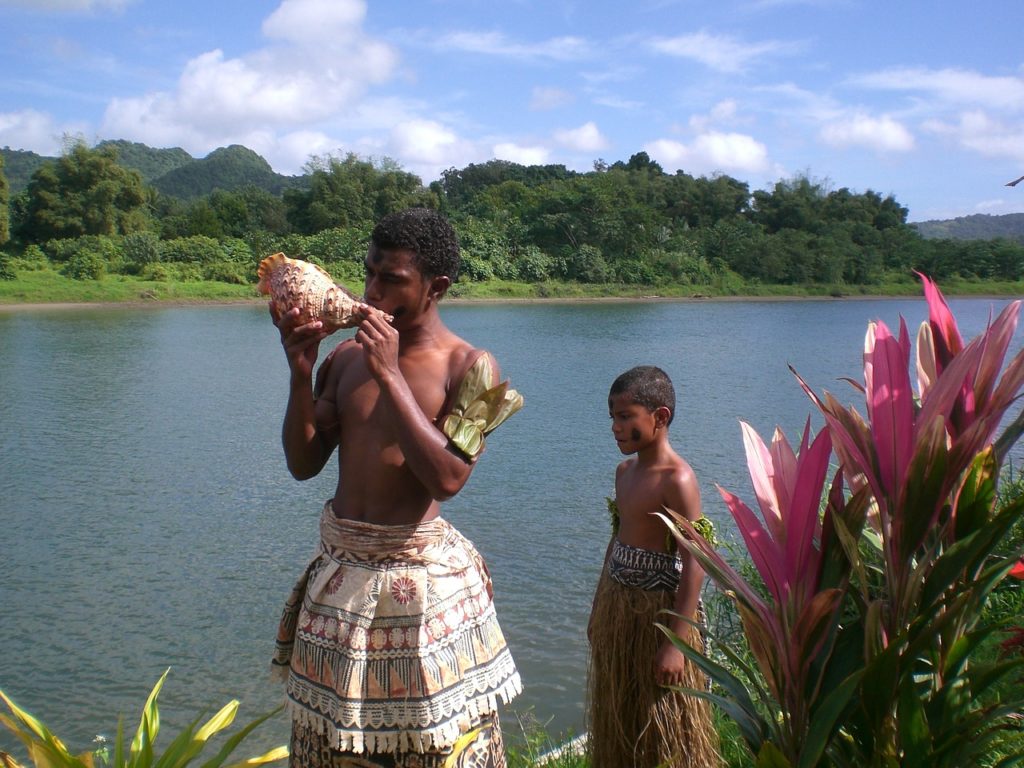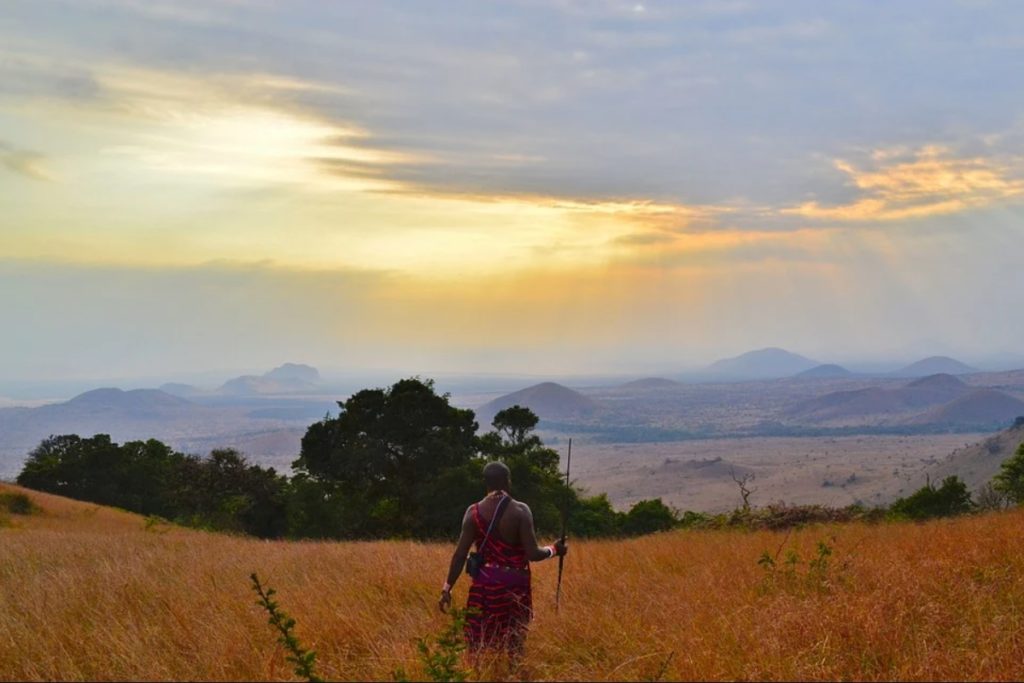This blog is written by Anudini Wijayarathna, Master’s student in Rural Development & Natural Resource Management at SLU. It was originally published on SLU’s global blog.
‘Impacts of the pandemic on forest communities and forest resource use – what do we know, what do we need to know and how to find out?’ have been one of the most enlightening discussions that I have participated in. It was a dialogue co-arranged by Focali (Forest, Climate and Livelihood research network) and SIANI (Swedish International Agricultural Network Initiative).
It’s been around a year since the COVID-19 pandemic emerged worldwide. Yet, the impacts of it will extend over many years. Currently, there are various entities that are deeply impacted by the pandemic globally as well as nationally. Forest resources and forest communities can be considered as one of them. Most importantly, the world is still in the process of identifying the extent of these implications. This dialogue has been an instrumental platform in creating awareness on that. However, my attention was grabbed particularly by the discussion on the disruptions that occurred in the livelihoods of indigenous people.
Absence of state and regressive actions of the governments
Having forest-based livelihoods, indigenous communities are affected by the pandemic in different ways. To a certain extent, the pandemic has been a positive cause of livelihoods for some of the indigenous communities. They got the chance to depend more on the forest resources as there are fewer external activities functioning within the forests due to lockdowns. Nevertheless, for some indigenous communities, the pandemic has been a cause of destruction.
In this event, Ricardo Camilo Niño Izquierdo, Technical Secretary of the Indigenous Secretariat of the National Commission for Indigenous Territories, Colombia and Keyla Barrero, Anthropologist, National University of San Marcos, Peru, shared their views on how the pandemic has affected the indigenous communities. According to their experience, the indigenous people are subjected to negligence with insufficient health care and sanitation by the state during the nationwide lockdowns.
The absence of state governing authorities in the forest territories during the lockdowns allowed powerful actors to expand their illicit activities. Those are illegal logging, use of land for illegal plantations, presence of armed groups, drug trafficking etc. These activities aggravated deforestation in 2020 in comparison to the previous years. Moreover, there has been a significant increase in human rights violations of indigenous communities, which sometimes ends up in murdering them.
The situation becomes worse when the governments are trying to overcome the ongoing financial crisis through detrimental policies and actions towards the forest resources. Renewal of mining and excessive extraction of resources by the authorities is such an instance that threatens the sustainability of the livelihoods. In addition to that, indigenous people who are not yet given proper land titles or tenures, get further suppressed when the local governments endorse illegal invaders to occupy the forests. Lack of effective policies and excluding indigenous community representation in the government consultation procedures has also been a stimulating factor for this vulnerable situation.
Ultimately, all these activities cause not only the deterioration of indigenous people’s livelihoods but also many other destructive consequences such as degradation of natural resources and climate and increase of global hunger and poverty. Thus, reaching UN Sustainable Development Goals by 2030 has become an immense challenge to the whole world.

